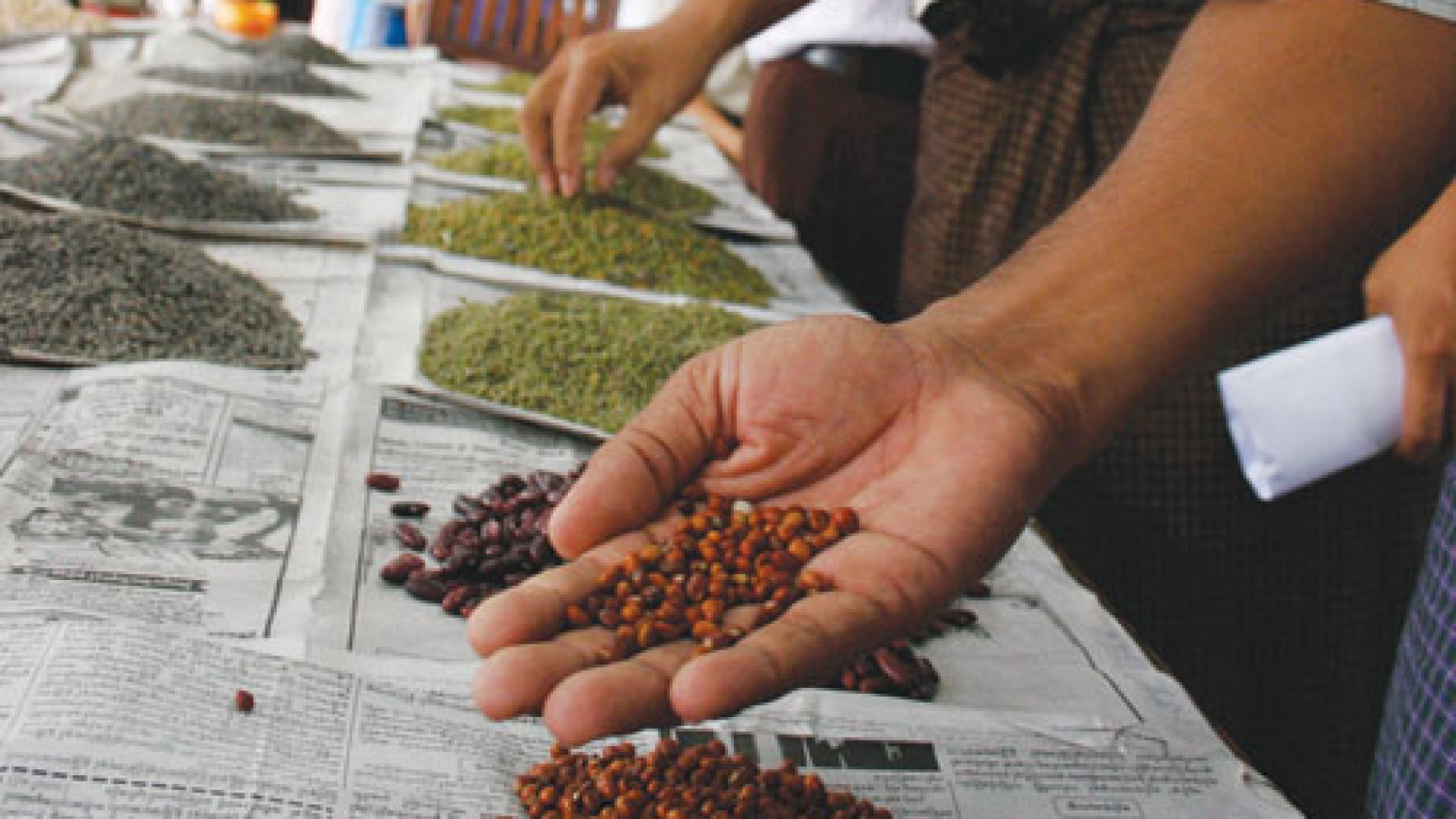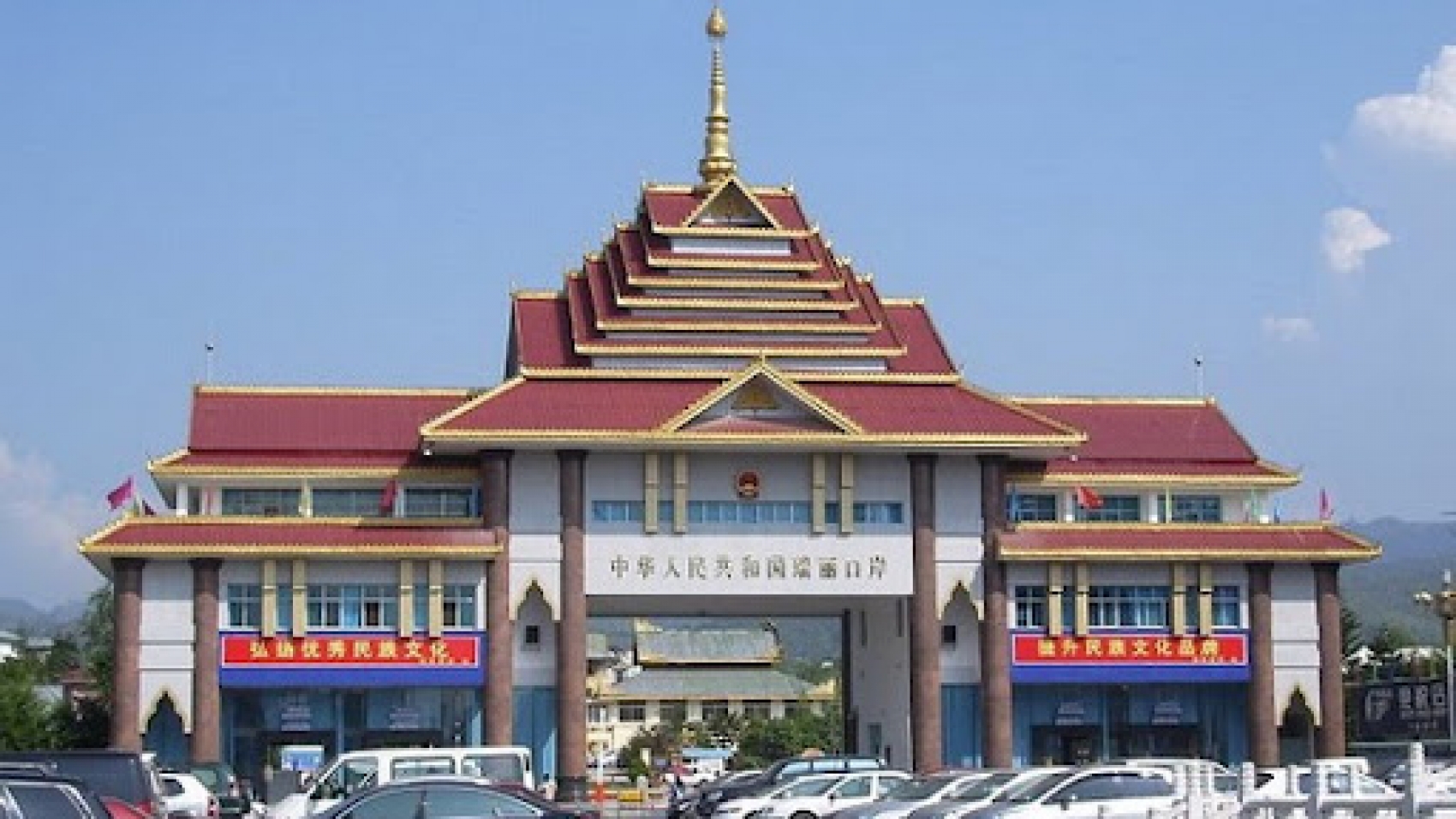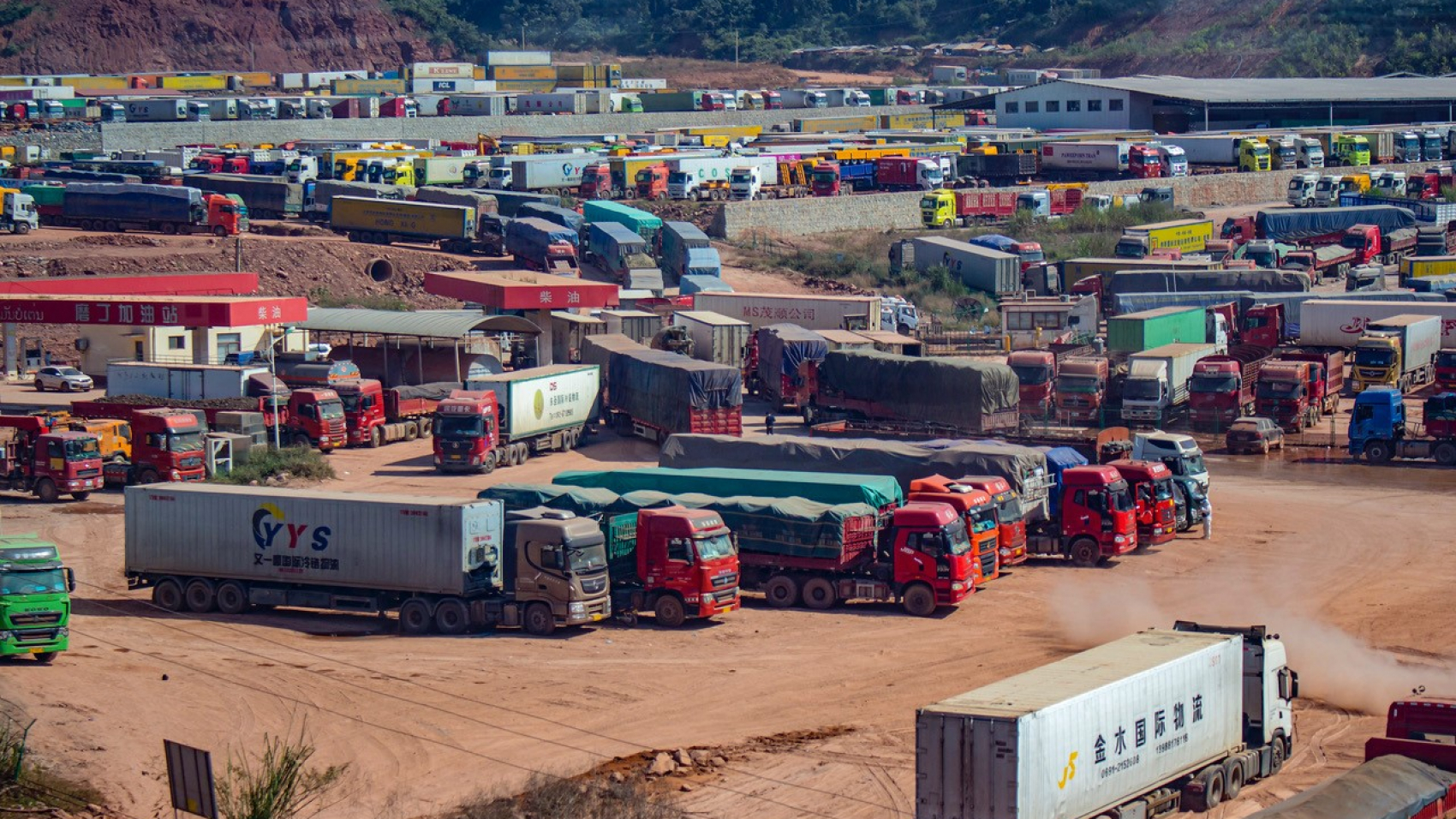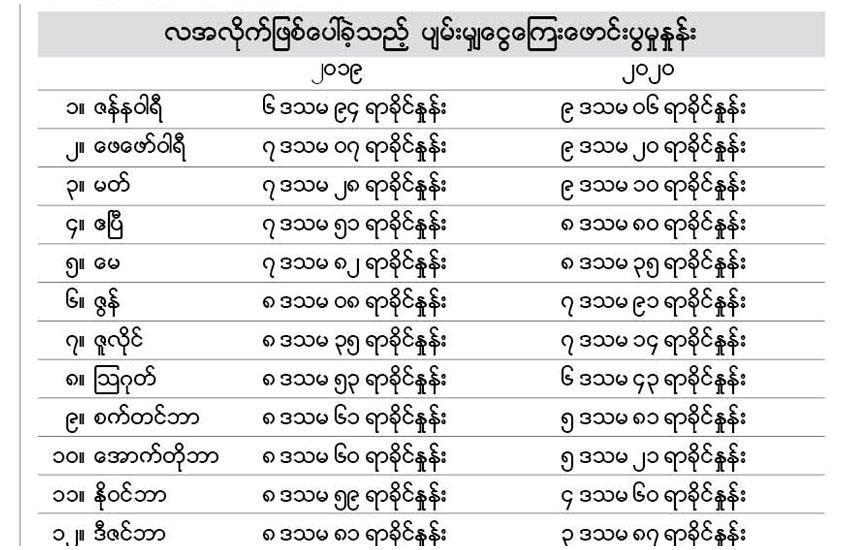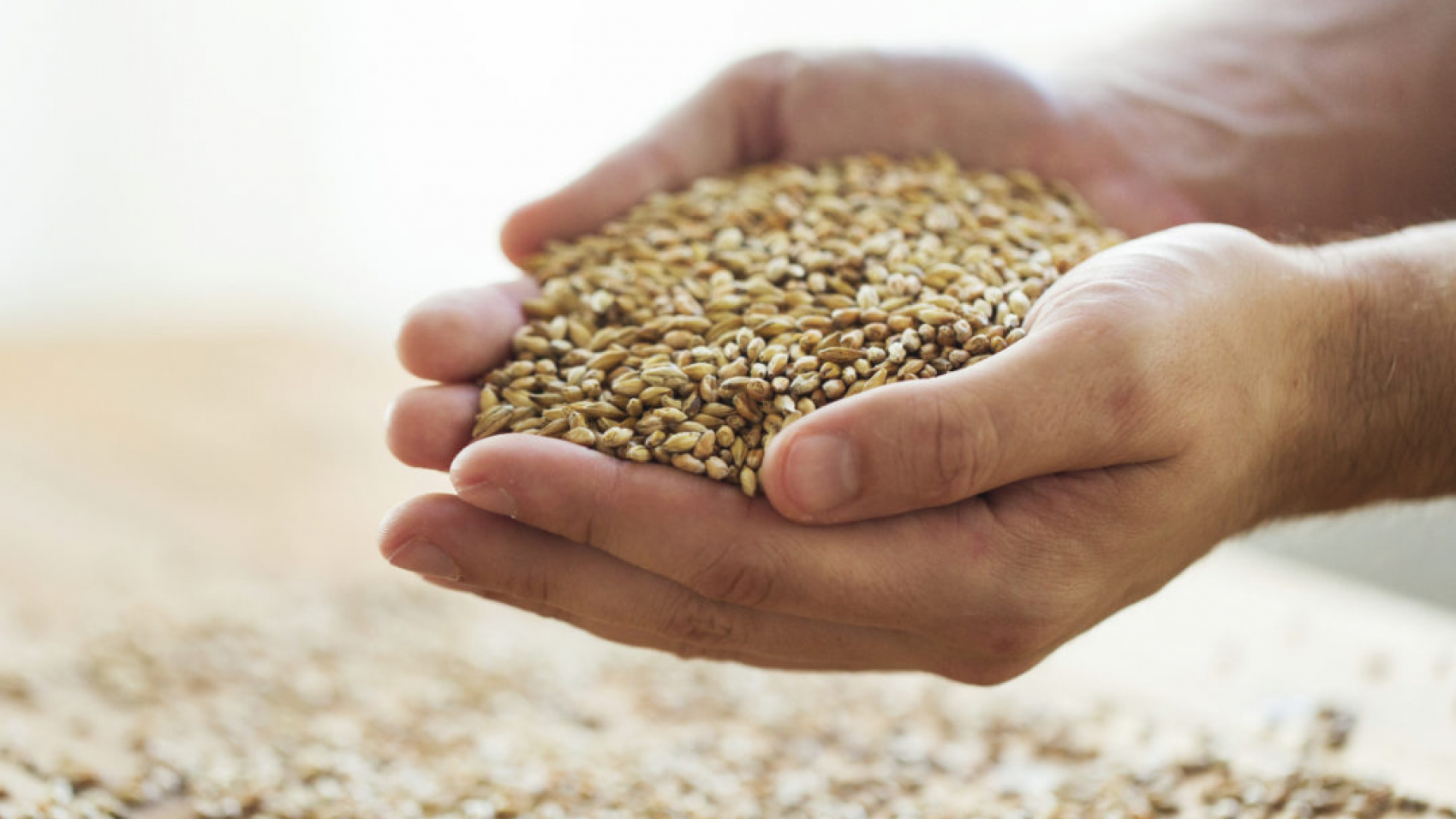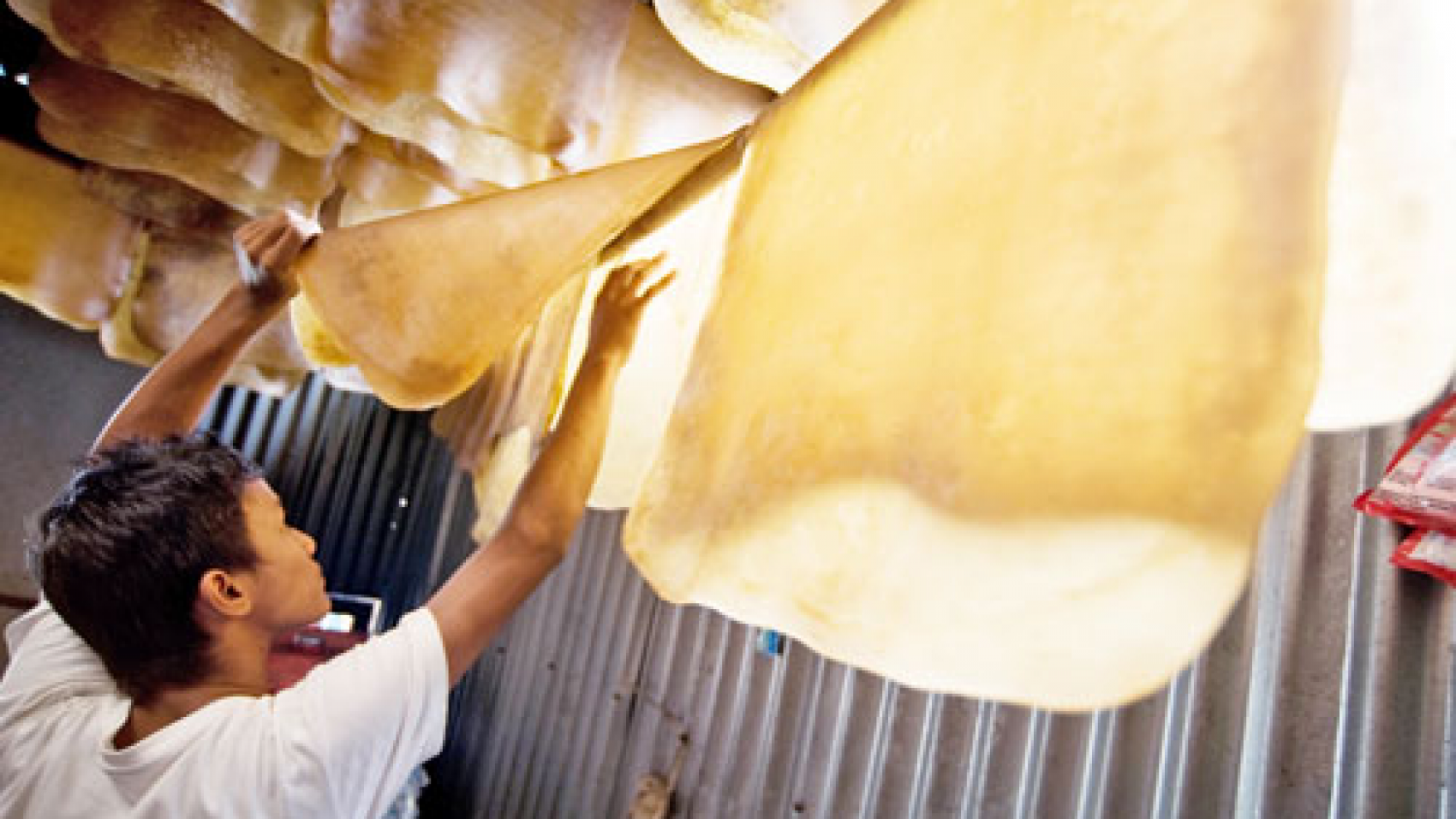Build a 500-ton cold storage plant to store fresh fish, According to the Department of Fisheries, 2.04 acres of land will be leased under the BOT system for shrimp production. Agriculture, Livestock and Irrigation Minister’s BOT system under the Department of Fisheries Survey No. (2/2), Entrepreneurs / companies are invited to submit bids for the construction of a 500-tonne refrigeration plant with a BOT system for the production of fresh and fresh fish and prawns under the BOT system.
Tender proposal and terms and conditions for 10,000 kyats per pair. Administrative department; It can be purchased at Office No. 36, Nay Pyi Taw. Bids will be sold at the Department of Fisheries (Head Office) Nay Pyi Taw during the regular office hours from March 10 to 28, 2022, and an open tender must be submitted there. For more information about the tender, please contact the Department of Fisheries (Head Office); 067-408474. The tender acceptance and scrutiny committee has announced that inquiries can be made at 09-254554347.
From October 1 to February 25, the 2021-2022 fiscal year (Mini Budget) earned more than $ 387 million from fishery exports, up $ 24 million from the same period last year, according to the Ministry of Commerce. In the same period in the 2020-2021 fiscal year, fishery exports earned $ 363.748 million. Compared to the same period last year, as of February 25, the current fiscal year earned $ 24.077 million more than the same period last year.
Myanmar’s fishery products are exported annually to 45 countries, and the meat sector currently exports mainly live animals to neighboring countries across the border. According to the Ministry of Agriculture, Livestock and Irrigation, there is a need for the government and the private sector to cooperate in producing shrimp hatcheries in Myanmar, as shrimp fry are being imported from neighboring countries for commercial shrimp farming. Agriculture accounts for 30 percent of Myanmar’s gross domestic product, with 68 percent of the rural population dependent on the sector, according to the Ministry of Agriculture, Livestock and Irrigation.
Source: Daily Eleven

